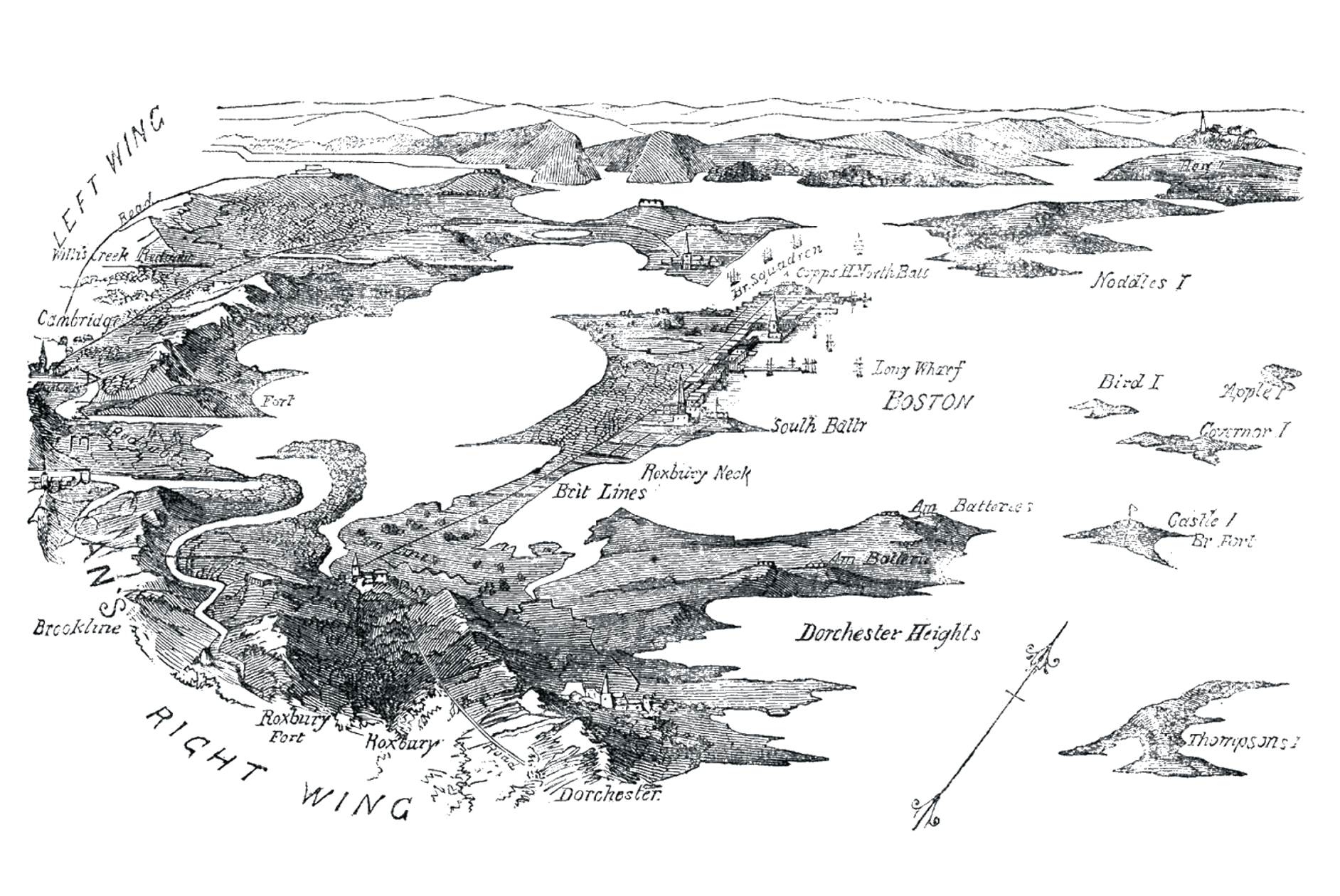
In the 1950s, the mathematician Lewis Fry Richardson had an insight that came to be known as the coastline paradox. The length of a coastline is not absolute but dependent on the level of detail included when measured. An ocean liner’s distance around the coast will be shorter than a sea kayak which hugs the shore, which will be shorter than a tiny sea creature following the water’s edge.
This phenomenon recurs in almost all disciplines, and once you see it, you recognise it everywhere. The insight professional’s world is no exception. We can look at the ‘big picture’ of the whole, but we need to adjust our lens of focus depending on what we’re looking for:
When studying people what we observe and how we design the observation depends on how zoomed in we need to be:
- Long-held attitudes, engrained habits and learned behaviours (e.g. in brand strategy work)
- Fleeting micro-decisions (e.g. in user experience research)
Choosing where to hold your focus is crucial. Zoom too far out, you’ll miss the rich coastline scenery and forge an inaccurate picture. Zoom too far in and your overall navigation will be compromised.
Getting the design right in the first place is the necessary precondition to getting results at the appropriate level of detail for your needs.
